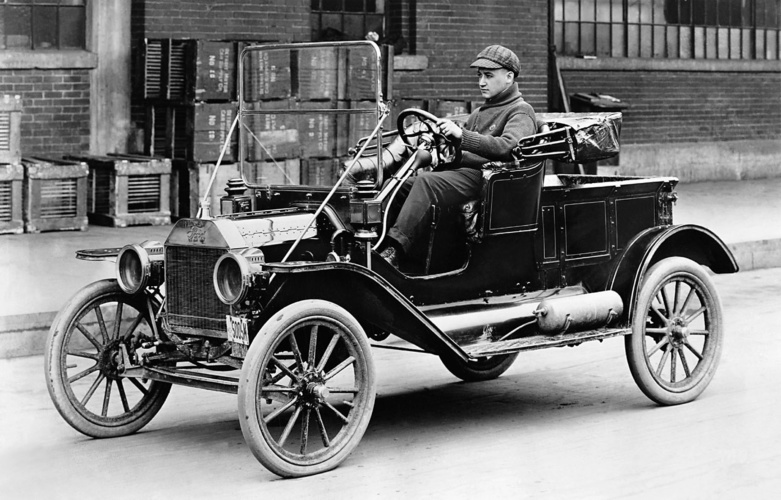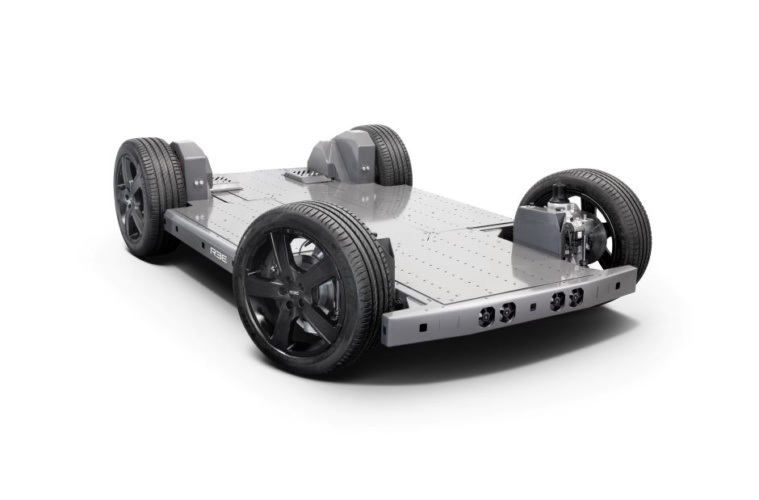Daniel Barel, Co-Founder and CEO of electric vehicle platform maker REE
When Henry Ford started building cars, his factory made all components. From the four-cylinder engine to its vanadium alloy steel, production took place under one roof because there was no alternative. Demand was so high that Ford concentrated solely on the Model T, famously stating “any customer can have a car painted any colour they want so long as it is black.”

To grow, Ford realised the business would have to outsource – and the automotive supply chain was born. Some years later, Toyota pioneered Just-In-Time (JIT), a process that synchronised production and logistics to maximise manufacturing efficiency, moving automotive supply chain forward again.
Over a decade later, the industry is facing a seismic change in the way it makes cars. An EV is very different to an ICE car, for instance – and the traditional outsourcing process has meant that many OEMs are without critical internally-developed pieces of technology, since EV components are often manufactured by Tier1 and Tier2s and seen as commodity items. Many OEMs choose to concentrate on battery and autonomous technology instead.
Flat battery-pack chassis promises EV design freedom
There is also a global shift in mobility. Brands that once resided with the OEM on a physical vehicle are moving to the service provider. Order an Uber or Lyft and one might not actually care which make or model arrives. The same can be said of the FedEx or Amazon van that delivers your parcel as the van has their logo on its side – so the service provider’s brand is now the leading one.
Last but not least, OEMs are struggling to forecast and design future vehicles, because the shift is happening so quickly. This is mainly due to the legacy process of developing a car’s platform, which is lengthy and expensive. OEMs used to be able to forecast 10-15 years, giving them enough time to design and develop next generation platforms. But now they risk being left behind, with New Mobility players emerging faster, launching next generation vehicles.
With the traditional model of OEM, Tier1, Tier2 outdated, a new structure is required. At REE, we’ve spent many years thinking about this and building it quietly but fiercely behind the scenes.
We call it ‘The Three Layers’ and believe it is how the industry will evolve. The concept is that all layers work together as one, creating services and capabilities according to customer needs with specific, tailormade vehicles.
- The first layer is the Platform Provider – the company which makes or develops the EV ‘skateboard’ chassis. This is the blank canvas the service will be run on.
- The second layer is the Service Provider – the company which develops and runs the service (for example, autonomous ride hailing or delivery services).
- The third layer is the Data Provider – the company which provides the communication, cloud computing and cyber security that this new world vitally needs.
As history teaches us, pioneers who are first to conquer these markets will grow to be the next giants. And the key to this transformation is focus. No single company, as big and powerful as it may be, can lead all three layers. New mobility companies must concentrate on one layer in order to provide their customers with a truly revolutionary product.

We have a clear vision – we know our layer. We have designed an EV platform that is modular and scalable so it can support any service or design. Our REEcorner modules integrate all drivetrain, powertrain, suspension and steering components into the arch of the wheel – a by-wire control system that carries a totally flat, autonomous-ready EV platform.
We are not constrained by a legacy supply chain and enormous CAPEX investments in need of return. Instead we have built a global network of Tier1 partners, giving us access to hundreds of production lines. This also gives us access to their incredible expertise, speeding up development, and again to their production facilities, utilising spare capacity.
Already we are seeing change. Toyota’s commercial vehicle division, HINO, announced its shift to Mobility-as-a-Service (MaaS) last year, choosing to concentrate on building a service eco-system based on a very large variety of mission-specific vehicles, all built on an advanced ‘skateboard’ chassis named the FlatFormer, developed with REE. For Toyota, the brand value moves from the first layer to the second.
Henry Ford’s approach to manufacturing made him a true pioneer. Our vision is that if once the motto was "Any customer can have a car painted any colour that he wants so long as it is black" the future motto should be “you can have any vehicle you like. No matter what the colour”.
Daniel Barel is Co-Founder and CEO of electric vehicle platform maker REE





Glasgow trial explores AR cues for autonomous road safety
They've ploughed into a few vulnerable road users in the past. Making that less likely will make it spectacularly easy to stop the traffic for...